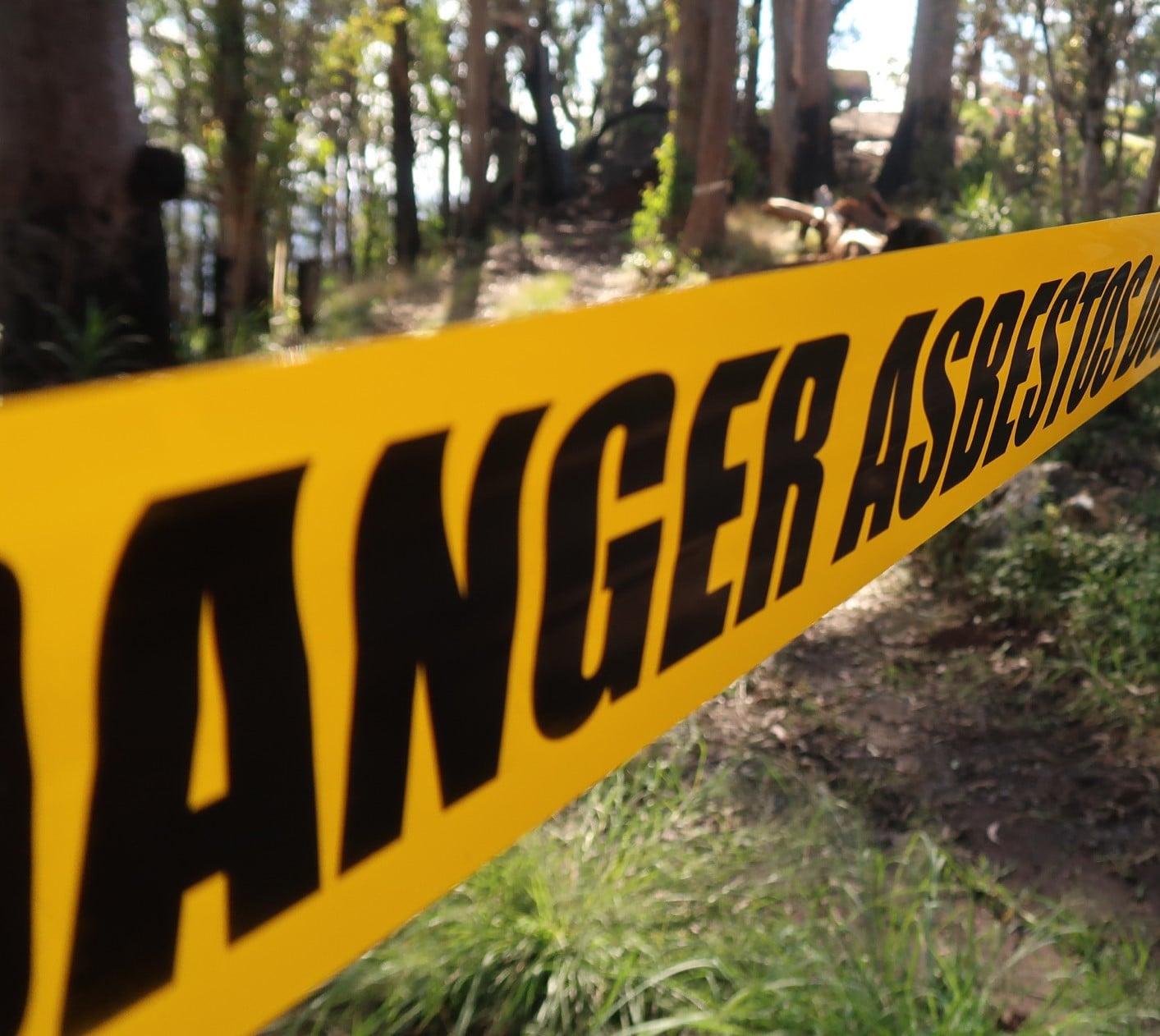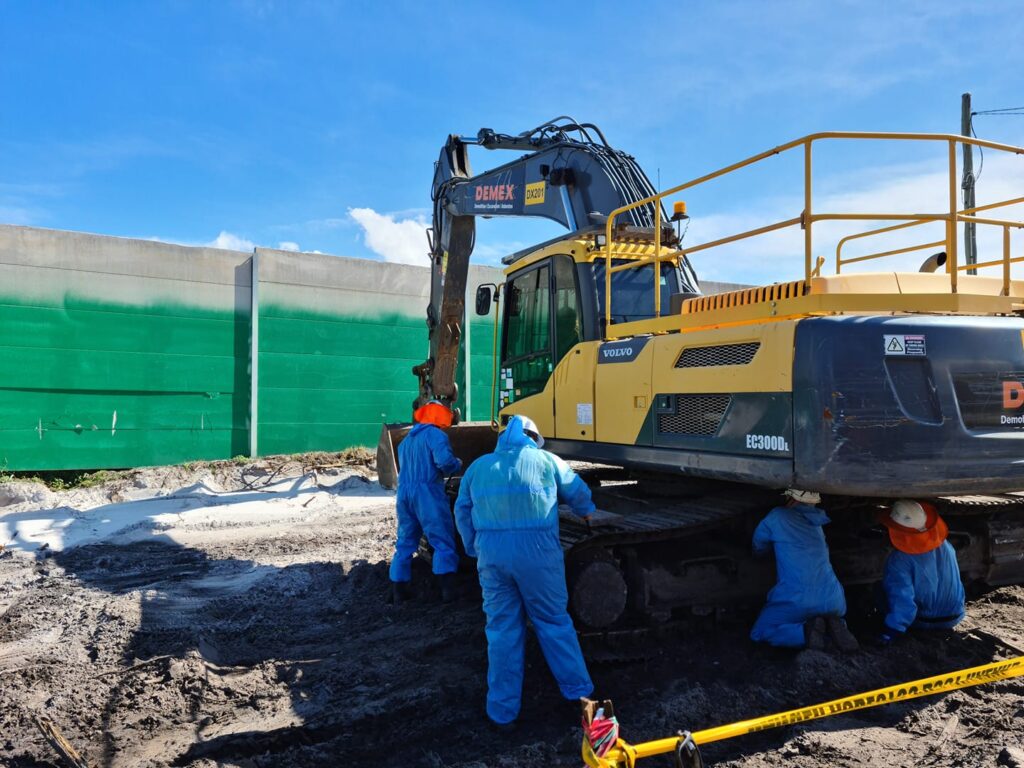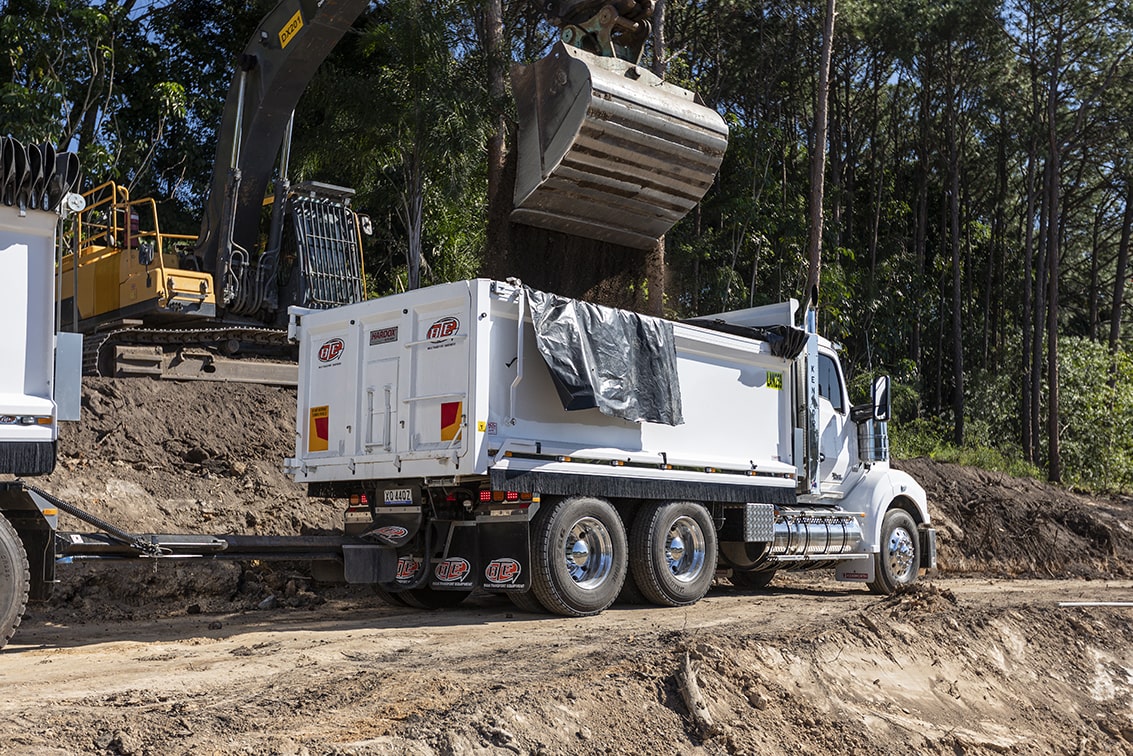Asbestos contaminated soil: A legacy issue on demolition projects

Asbestos contaminated soil probably isn’t the first thing a project owner will consider on a development project, however as with any other aspect of demolition waste management, it becomes an immediate priority that must be addressed to allow a project to proceed.
Among the issues that make asbestos contaminated soil a challenge is that its presence is frequently not known at the commencement of a project, emerging only once things are well underway. As such, it requires a mid-stream rethink on approach, with project schedules and budgets having to be reconfigured to allow for additional site remediation works and waste disposal to be undertaken safely.
In many instances, remediation of asbestos contaminated soil can be costly and a logistical challenge, so those undertaking redevelopment projects should proceed with caution. In terms of demolition, we’re referring to remediation as the excavation of contaminated soils and containment of these on site, together with non-recyclable waste material.
Site remediation in Australia
Australian demolition contractors and developers are bound by strict regulations when it comes to asbestos contaminated soil, in terms of management, disposal, and site remediation. Unfortunately, asbestos contaminated soil is far more prevalent than any project owner would like.
In a 2014 report prepared for the Australian Department of Environment by the Institute for Sustainable Futures, the researchers commented that:
Australia has more than 160,000 sites across the country that are polluted with as many as 75,000 different contaminants (CRC CARE 2014).
These numbers are enough to make a project owner think twice before giving the green light on works, particularly if their project site comes with a legacy of previous industrial activity and a corresponding suspicion of contamination.
At Demex, this is the very reason we engage specialist remediation and asbestos removal contractors with knowledge, skills, and experience in identifying contaminated soil and how to manage it.
With many potential factors responsible for soil contamination – the previous industrial activity, use of chemicals, or even contamination that occurs naturally through acid sulfate or arsenic are just some examples – there’s a strong argument for caution.

How to manage remediation for asbestos contaminated soil
Remediation on demolition projects may involve contaminated soils and/or water, removal of asbestos, and remediation of mould. Each demands different remediation techniques and waste disposal.
In Australia, site remediation is highly regulated under different Commonwealth and State laws, an approach which is essential for safe works, effective remediation, and ultimately, safe disposal of waste. Imagine the health and safety issues that would arise from asbestos contaminated soil, given the way in which asbestos is typically found in fragments.
The approach to managing the remediation of asbestos and other hazardous material prior to, or during a demolition project starts with having the right people on the ground; those with the understanding of what to look for, referred to in the industry as spotters. These certified demolition workers form part of an overall approach to identifying hazards and ensuring measures those who need to know can implement measures to prevent injury and contain contamination.
Just how important this role is to project success, including environmentally safe and sustainable remediation, is perhaps best illustrated by recent examples.
At completion of demolition works and excavation of the basement area on the Orange Base Hospital, our team identified large scale legacy contamination in the soil. Using our internal processes for managing unexpected finds and working with the onsite environmental scientist, we were able to safely remove around 10,000 tonnes of asbestos impacted soil from the site. Once remediation works were completed, the site underwent a validation sampling program to ensure the site was safe for future land users.
Similarly, during our project work with Energy Queensland, we discovered the entire site was impacted by legacy in-ground asbestos contamination. It was our job to remove asbestos contaminated soil, which was initially managed under the strict unexpected finds protocols performed by our asbestos trained operators. Safe management meant that all other project works, including bulk excavation works, detailed excavation of footings, backfilling of retaining walls, base and sub-base works (laying and compacting) and asphalt works, could be completed without concerns that workers would be harmed or further contamination would occur.
Armidale Secondary College redevelopment provided yet another opportunity to demonstrate the importance of effectively managing contaminated soil and the ensuing remediation process. During the civil works, there were multiple unexpected finds that revealed significant areas of asbestos impacted soil and PAH, nickel and benzo(a) pyrene contamination hotspots. All contaminated soil was remediated in keeping with the Remediation Action Plan (RAP) and subsequent recommendations. Importantly, once remediation works were finalised, the site was subject to a comprehensive site validation assessment and sampling, which meant the project owners could start construction confident in the knowledge the site was safe.
Projects like these are a salient reminder that demolition is not only about bringing structures to the ground. It is about safely preparing a site so it can be reused without concerns for contamination and the environment in which future development work will be undertaken. Managing the environmental impact of our work is a key consideration in our approach and will continue to be, particularly as we strive to meet community, government, and project owners’ expectations around waste management, recycling, and contributing to a circular economy.

DEMEX is a leader in demolition waste recycling and management and maintains the highest standards around managing the challenges presented by asbestos contaminated soil. Most recently we were awarded the 2021 Workplace Health and Safety Award for Health and Safety Excellence for our delivery of the Mulwala Project. We continue to expand our knowledge, skills, and experience to support our clients to meet their project goals safely and in accordance with regulatory obligations. For more information on how efficient, safe, and cost effective ways to undertake remediation of asbestos contaminated soil, contact us directly on info@demex.com.au.


